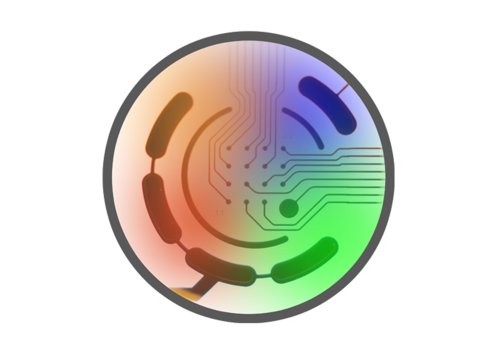Millard DC, Clements M, Ross JD.
Stem Cell-Derived Models in Toxicology, 2016
Abstract:
The Comprehensive In Vitro Proarrhythmia Assay (CiPA) initiative, led by the US Food and Drug Administration (FDA), aims to improve preclinical cardiac safety evaluation and reduce unwarranted drug attrition by utilizing more comprehensive model systems. A major component of CiPA is the development of an electrophysiological assay using human stem cell-derived cardiomyocytes (hSC-CMs), which provide an integrated assessment of the multiple ion channels contributing to the cardiac action potential (AP). This chapter details the current CiPA protocol for evaluating drug-induced changes in hSC-CM electrophysiology using microelectrode array (MEA) technology. In this assay, electrodes embedded in a cell culture substrate noninvasively interface with established cardiomyocyte networks, providing functional, mechanistically based measures of the cardiac action potential without perturbing the cellular network. Introduction of multiwell MEA technology has significantly increased assay throughput, enabling development efforts that further demonstrate the predictivity and reliability of MEA assays for evaluation of cardiac safety liability. Following a review of MEA theory and the field potential (FP) signal, this chapter provides a step-by-step protocol for MEA plate preparation and maintenance, assay execution, and data analysis according to the current CiPA guidelines. Alternative approaches to the MEA assay are also discussed, along with commentary on emerging advances in MEA technology for the assessment of cardiac safety liability in vitro.




